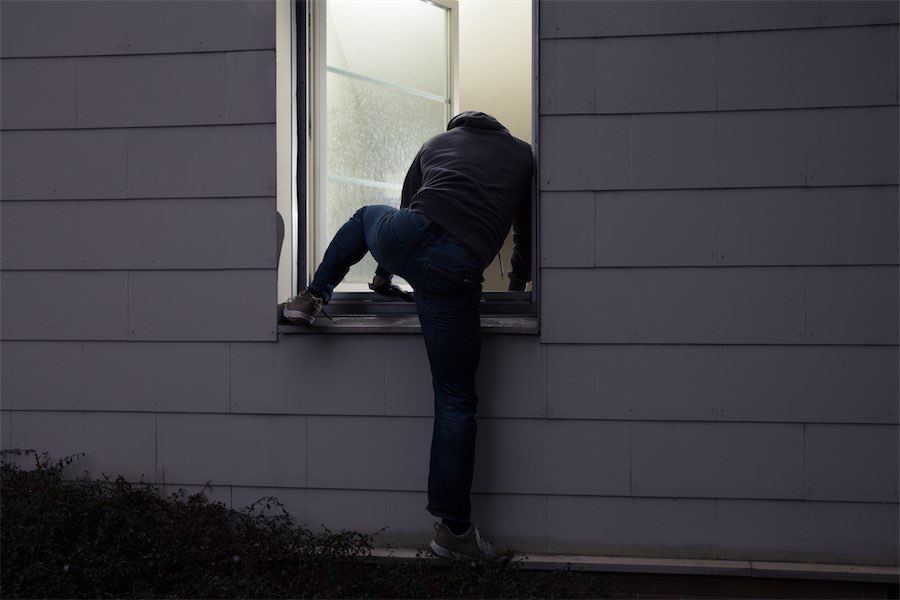
Things are going to be very different in marking Anzac Day this year, but it’s not the first time a pandemic has upset the national anniversary, writes “Yesterdays” columnist NICHOLE OVERALL.
IT was 1916, a year after a “baptism of fire” endured on a distant beach, that April 25 was embraced as Anzac Day.

Only twice over more than a century since has the anniversary and its various traditions that have weaved their way into Australian hearts and culture, been seriously interrupted.
In the wake of the bombing of Darwin on February 19, 1942, killing almost 250, there arose fears of crowds becoming targets for strafing enemy aircraft as part of the World War II “Battle for Australia”.
Accordingly, large-scale marches were banned – including the planned inaugural event for the new War Memorial in Canberra. Official ceremonies extended to simple dawn services, the laying of wreaths, and church memorials.
Although a national public holiday from 1927, the Curtin government “considered it imperative that work in industries essential to the war effort should be continued on that day”.
The other major disruption to Anzac commemorations occurred in 1919 – when the world was in the grip of something similar to what we’re experiencing 101 years later.
The guns had ceased firing just five months before. Survivors of the more than 416,000 Aussies who signed up were returning to home towns buckling under the weight of the consequences of war; further burdened by an influenza pandemic killing millions more globally, at least 15,000 of whom would be their own compatriots.
The disease officially breached Australian precautions in late January (it was more likely the end of 1918). With large gatherings prohibited, Sydney “postponed” its usually well attended Anzac Parade (restaged May 22). Instead, a modest, though still sizeable service was held in the open, central space of the Domain. While masks and standing three feet apart (about a metre) were stipulated, images show few seemed to abide by the rules.
Giving an idea of the undertow of uncertainty during this period, measures were not universally administered.
Melbourne replaced what was previously “one of the most spectacular processions ever witnessed” in the city, with a “military review”, moved to May 3 and the MCG. Although as many as 2,000 were in the emergency flu hospital set up in the Royal Exhibition Building and “public meetings of 20 or more people” were supposedly not permitted, attendees were plentiful, with nary a face-covering to be seen.

In the other capitals, curtailed street processions, town hall meetings and dinners proceeded, although note was made “they were celebrating under very different conditions”, in light of both the Armistice signalling peace and the impositions of “pneumonienza”.
Throughout particularly afflicted NSW, “fitting celebrations” were delayed or, “of a subdued order on account of the influenza restrictions”. This included the region surrounding the barely established national capital.
Three years earlier, “in common with every part of the vast British Dominions, Queanbeyan fittingly commemorated the first anniversary of the landing of the Australian troops at Gallipoli”.
At a multi-denominational assembly at the Anglican Christ Church (1858) on the river, special prayers were read, the town band played Rudyard Kipling’s “Recessional” (“Lest we forget – lest we forget!”) and the national anthem (yes, it was “God Save the King”) and the “Last Post” were sounded.
On “Gallipoli Day”, 1919, the town’s “memorial service” earned only a single paragraph in the local press.
And so, on April 25, 2020, we also won’t commemorate in our usual manner those who served, who died, and who continue to serve and protect.
There’ll be no public assembling to watch dawn break as it did when thousands of the 1st Australian Imperial Force, New Zealanders by their side, charged the sandhills of an ancient foreign nation.
Equally, no marches down main streets of country towns and cities alike; veterans and defence force personnel won’t “fall in” to the fanfare of bands and cheering crowds.
Small children will miss the opportunity to be proudly adorned with ribboned medallions presented to their forebears for feats and bravery they can scarcely imagine.
Communal thanksgiving won’t occur at local places of worship. Nor the converging on pubs to throw a couple of old coins in the air to raucous calls of “come in spinner”, fists full of dollars vying for the attention of the “ring keeper”, or the “boxer” managing unruly “schools”.
And eternal flames will continue to flicker as unheralded as they are on most other days.
However, this doesn’t mean we won’t and can’t remember and honour those who are rightly deserving: it will just be a quieter affair, perhaps even offering the chance for more contemplative, personal reflection on what we refer to as “the Anzac spirit”.
In 1928, the year before the world would be plunged headlong into yet more catastrophe with the onset of the Great Depression, reverend Charles Wearne, a stretcher bearer between 1915 and 1918 and Queanbeyan RSL sub-branch president, gave an address, pointing out that “it is difficult to interpret that spirit rightly”.
“To those of us who were there; to those of us who had some friend smashed to pieces by our side; to those of us who saw those fields of little white crosses and tried to count them and grew weary in the task; to fond mothers sitting lonesome, wrapped in the veil of memory; to silent fathers whose grief will not bear discussion – to all such, I say, Anzac Day is more than an anniversary, a holiday, a day for parades and sermons and lectures… it is the day that Australians by their daring have made immortal.”
For Wearne, the “spirit of Anzac” was “a fellowship of service”.
“Think of it… think when the sheer loneliness of life grips you, when days drag, when funds run low – think of the sacrifice your sons made on Anzac’s awful shore, and learn to say: ‘It was for me’.”
As they did then, so now in 2020, can we.
Who can be trusted?
In a world of spin and confusion, there’s never been a more important time to support independent journalism in Canberra.
If you trust our work online and want to enforce the power of independent voices, I invite you to make a small contribution.
Every dollar of support is invested back into our journalism to help keep citynews.com.au strong and free.
Thank you,
Ian Meikle, editor




Leave a Reply